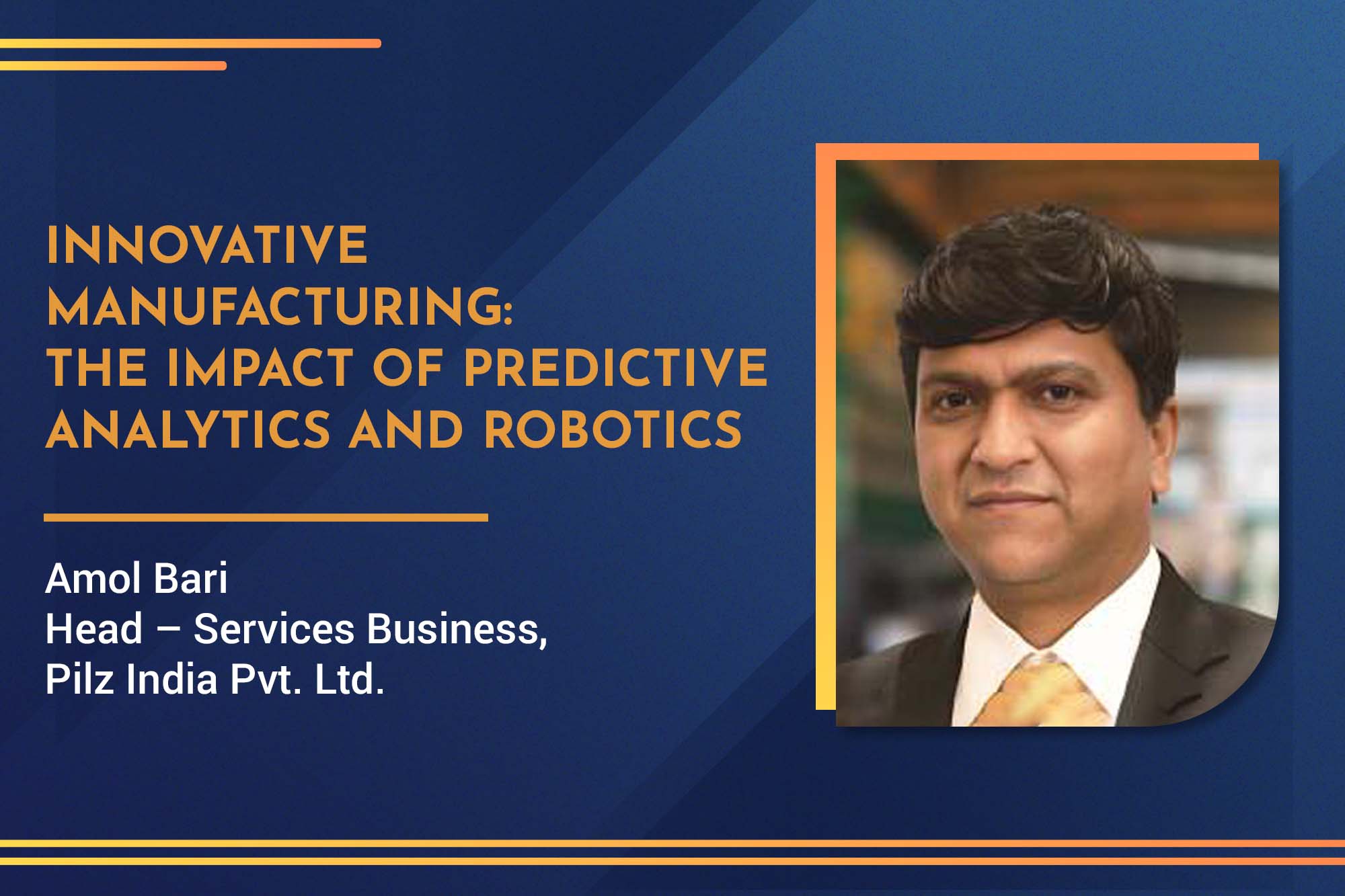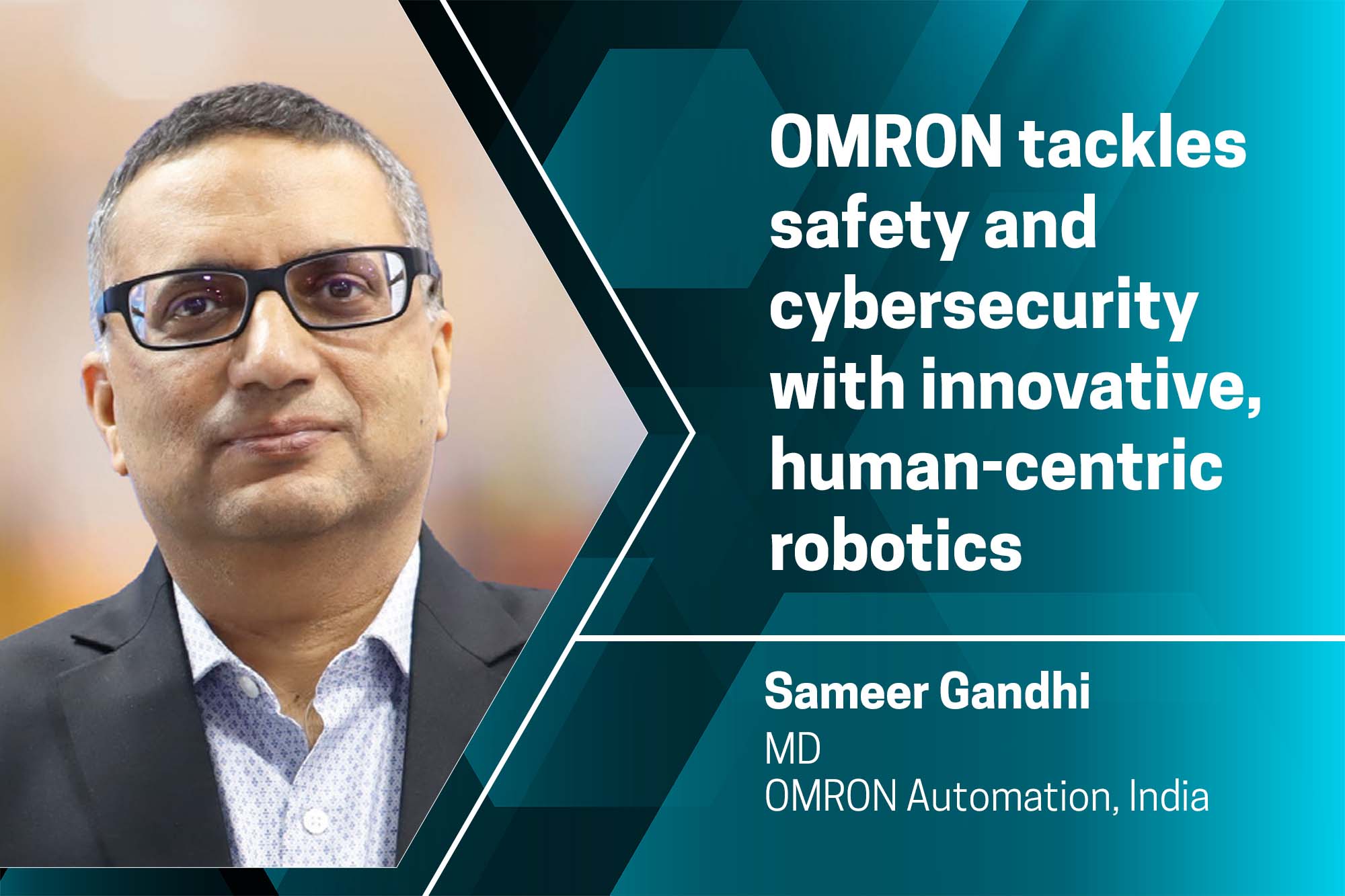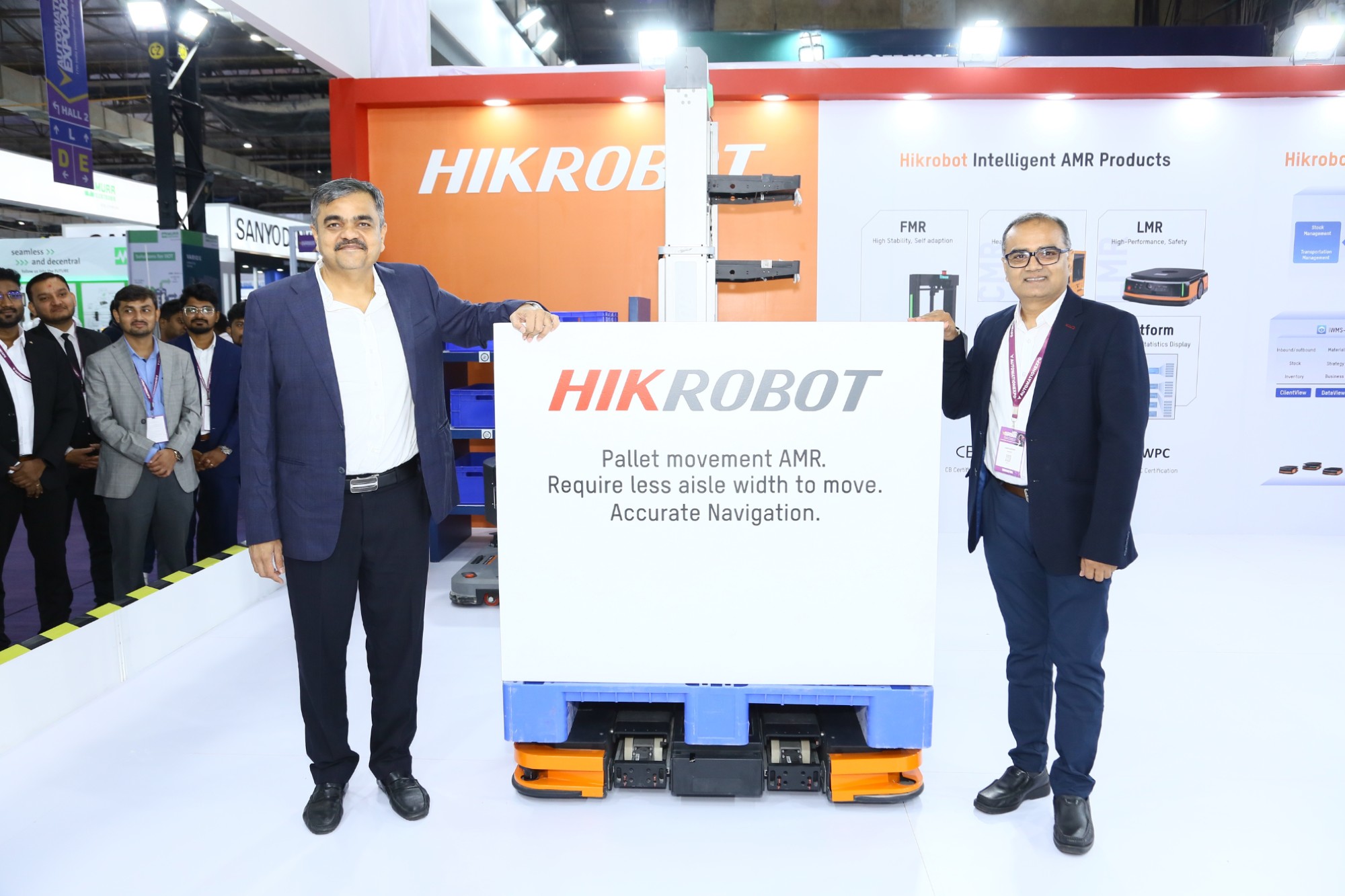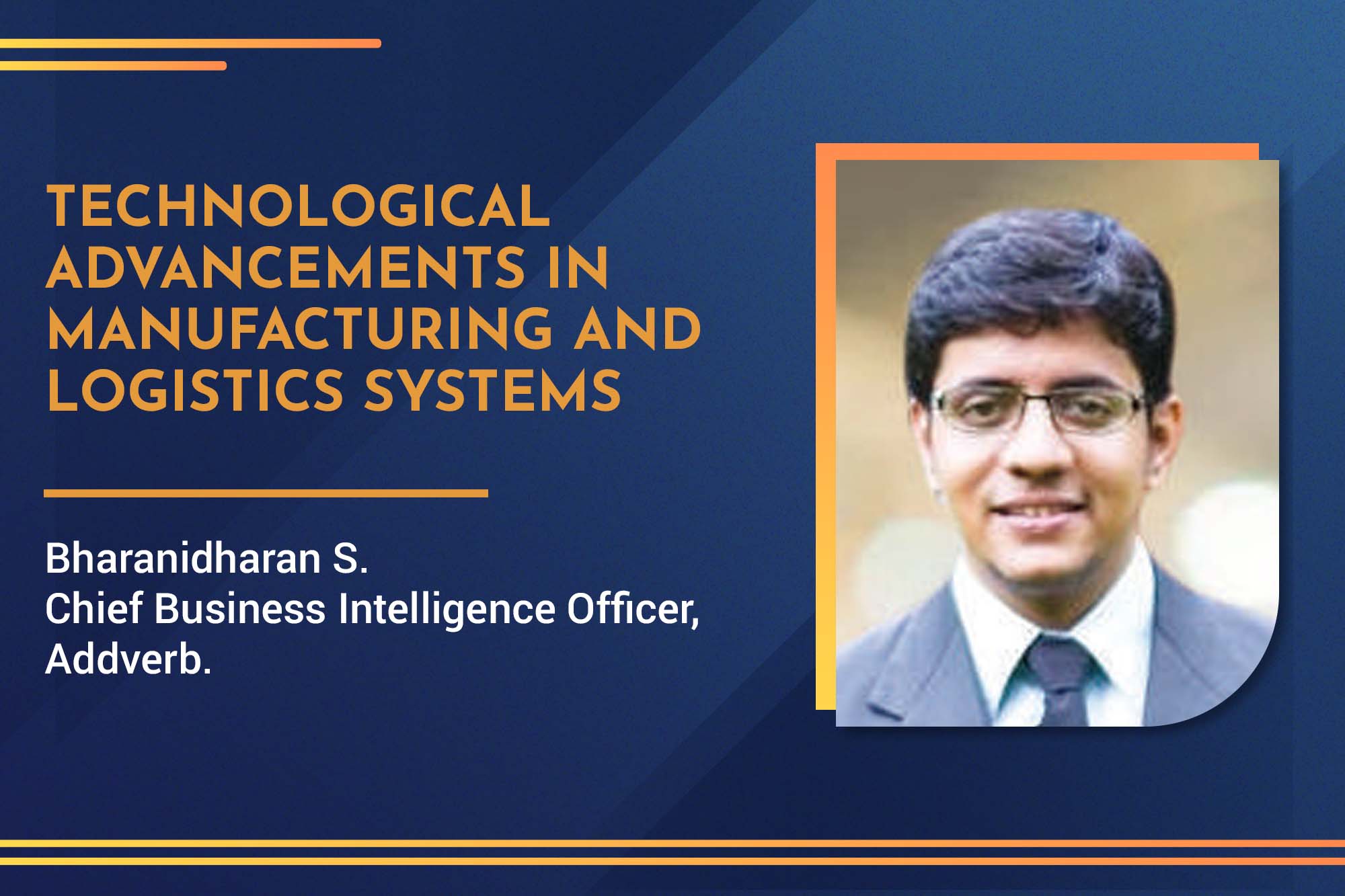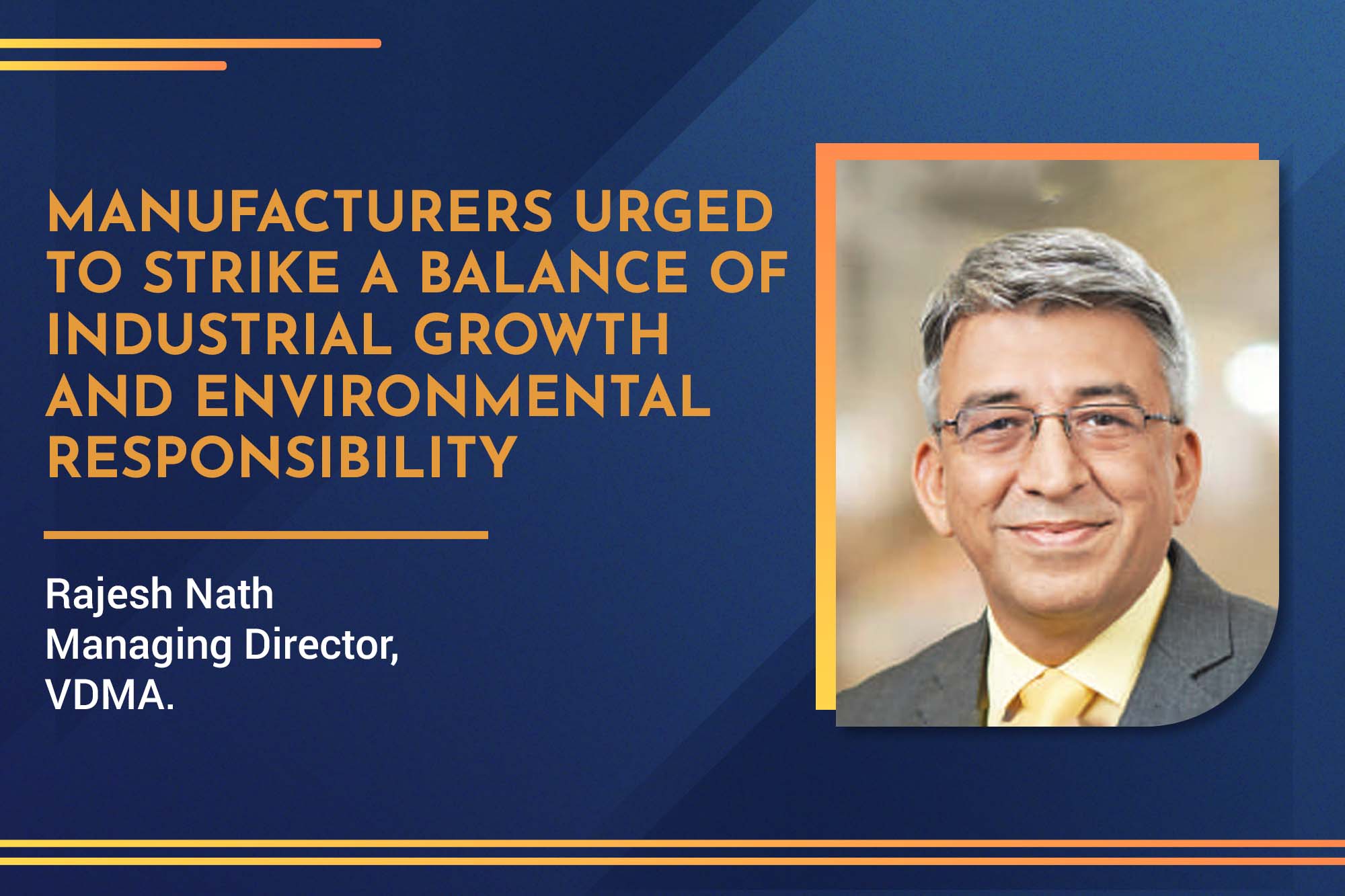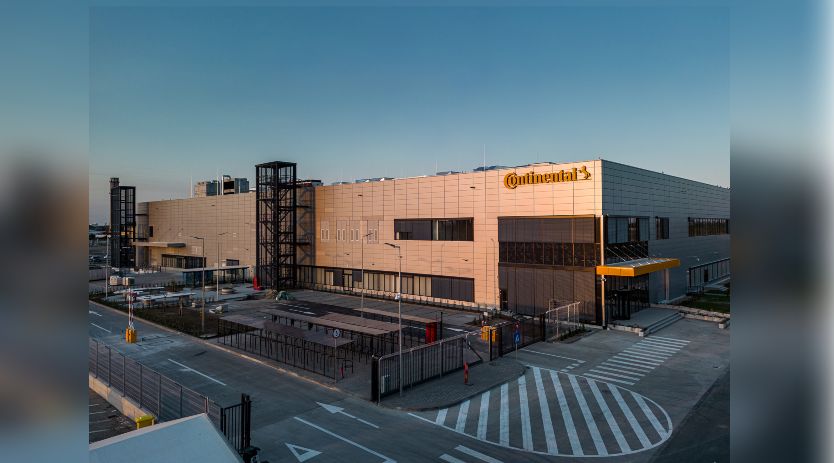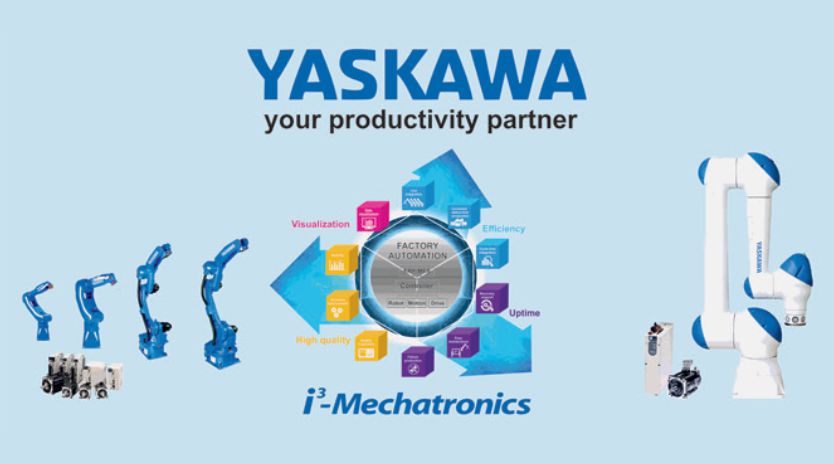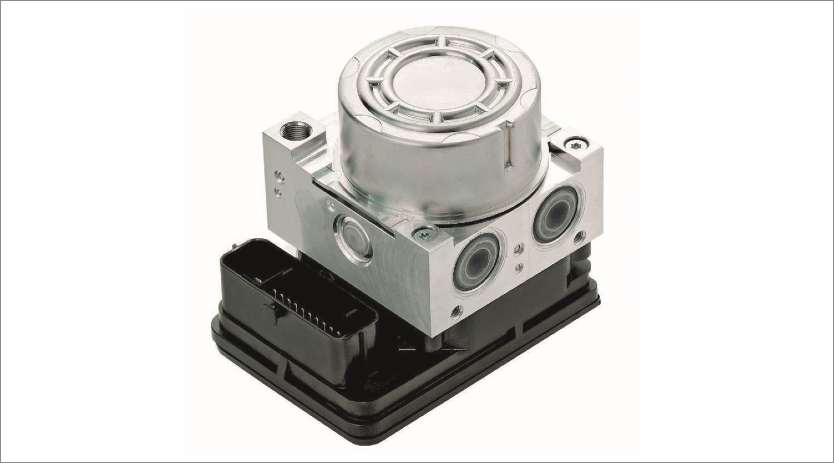Innovative manufacturing: The impact of predictive analytics and robotics
By OEM Update Editorial November 30, 2023 1:46 pm IST
The convergence of technology in manufacturing, from AI-driven analytics to automated systems like AGVs and AMRs, brings transformative potential. Amol Bari, Head – Services Business, Pilz India, explores the impact on efficiency, safety, and the future landscape of production facilities.
How is the potential of AI-powered predictive analytics and real-time monitoring impacting production efficiency?
OEMs and factories gain significant advantages by integrating AI-driven predictive analytics and real-time monitoring with safe and secure automation controls. This combination allows them to prevent unplanned downtime due to component failures using predictive analytics and real-time data monitoring.
This helps them use the components for their entire life, reducing costs and improving efficiency.
Furthermore, AI algorithms are crucial in identifying patterns that signal potential hazards, enabling preemptive action to prevent accidents. This technology also allows quick adjustments to evolving conditions, ensuring the safety of both human workers and machinery. By seamlessly combining predictive analytics and live monitoring, AI enhances production efficiency while reinforcing strong safety protocols, fostering a secure and reliable environment in automated production systems.
How are AI algorithms transforming inventory and supply chain management in manufacturing?
AI algorithms are increasingly being explored across diverse manufacturing sectors. As information technology (IT) and operational technology (OT) merge, factories aim to enhance inventory and supply chain management using AI-driven algorithms. By combining data analytics with AI, historical data analysis, understanding demand patterns, and predicting future requirements become feasible.
Optimising inventory levels can prevent both overstock and stockouts. Bringing vendors into the supply chain and automating processes ensures timely inventory availability for manufacturing. This necessitates a well-established network, structure, and seamless execution processes. This approach aims to mitigate the impact of unexpected disruptions, such as production delays or supplier issues.
Integrating AI into inventory management empowers companies to uphold operational efficiency, cut costs, and provide reliable solutions.
How are governments and industry associations encouraging the adoption of modern manufacturing technologies to impact sustainable manufacturing?
Implementing advanced technology relies significantly on standardisation, ensuring the lasting integration of these innovations. The Indian Government is focused on supporting standardisation initiatives through BIS standards. Furthermore, BIS actively promotes collaboration with industry associations and diverse automation and manufacturing organisations to establish robust India-specific standards aligned with global benchmarks. At Pilz, safety is our central expertise, and we take pride in our involvement in approximately 50 standards committees globally. We are honoured to contribute to shaping the future of safety, security, and standardisation alongside industry associations and the Government of India.
The collaboration between AI, automation, safety, and robotics drives innovation and advances the creation of intelligent machines that play vital roles across diverse industries. Advanced AI algorithms enable robots to comprehend their surroundings, make instantaneous decisions, and adjust to ever-changing environments.
Integration of AI enriches autonomous robots with improved sensory capabilities, learning abilities, and problem-solving skills, contributing to their autonomy and effectiveness. Undoubtedly, as humans and machines or robots collaborate closely, work methodologies become more efficient. Yet, ensuring a secure interaction between humans and robots remains essential.
Why has cybersecurity in manufacturing become crucial, particularly in aligning with the security standard?
As IT and OT merge, sensors, actuators, and motion components have progressively interconnected over the past few years. Factories are actively undergoing digital transformation. However, this convergence of IT and OT poses a risk, turning manufacturing assets into potential targets for hackers. Cybersecurity within manufacturing has gained heightened significance, especially in meeting compliance with the IEC 62443 security standard.
Pilz adopts a “Secure by Design” approach in developing all its products and adheres to the IEC 62443-4-1 standard. Additionally, we assist OEMs and factories in conforming to industry-wide standards like IEC and NIST, ensuring comprehensive cybersecurity measures.
How are AGVs and AMRs transforming the future manufacturing facility to deliver improved quality?
AGVs (Automated Guided Vehicles) and AMRs (Autonomous Mobile Robots) are increasingly central to modern manufacturing, and their usage is expected to grow significantly. Ensuring safe operations, particularly robust collision protection for humans and AGVs, is essential, as is compliance with standards like ISO 3691-4.
OEMs partnering with Pilz India benefit from cost-effective, comprehensive solutions that include safety laser scanners, control devices, signalling components, and the SecurityBridge firewall for network protection. This integration extends to IT, cloud services, and supply chain logistics, enhancing manufacturing visibility.
In logistics and production, maintaining uninterrupted operations is key, requiring solutions from a single provider covering sensors, controls, safety, and security. Pilz India provides OEMs and factories with consultancy, safety, and security components expertise, offering tailored solutions for AGVs and AMRs. It ensures secure, efficient project implementation and adherence to safety standards.
Cookie Consent
We use cookies to personalize your experience. By continuing to visit this website you agree to our Terms & Conditions, Privacy Policy and Cookie Policy.



